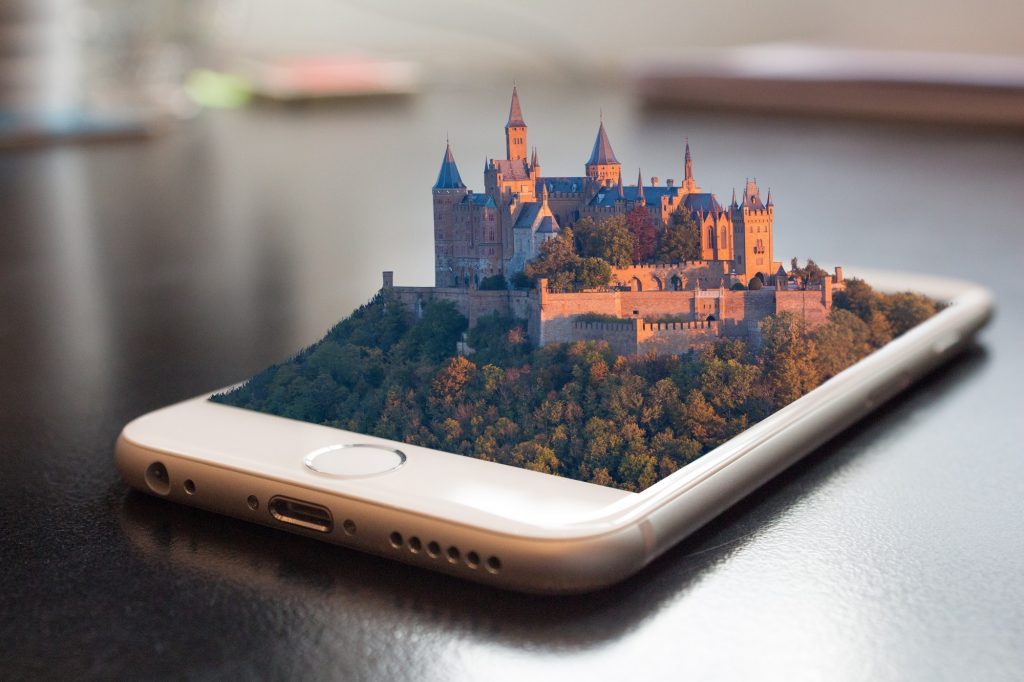Hello Mobile! Your Ultimate Guide to Mobile Application Design
This year, the number of smartphone users will reach 3 billion.
This means, more than ever, people are on their phones. It’s essential that businesses adjust the way customers access their services and products, optimizing their resources for mobile.
The use of an app is better for the user, are easier to use, and they load more quickly.
Another benefit of an app is they have a better design than a mobile website. Here’s your guide to mobile application design.
Design Aspects of Mobile Apps
The best way to understand mobile app design is by knowing the individual design aspects that makeup high-quality UX design. Here are a few to know.
Reduce Clutter
Minimalism is key with mobile app design. The goal of good mobile app design is organizing all design elements, putting the most important aspects front and center.
Clutter is when you have too much unnecessary media and text, clogging the interface. This only looks unappealing but also makes it complicated to navigate your app.
Be wary about adding too many images, buttons, and icons. In addition, only add enough written text and information that’s needed to assist the user.
Make Navigation Seamless and Easy
This point slightly ties into the previous point, but it focuses specifically on navigation and app usage. You want to make your app as easy as possible for the user.
Cognitive load is a term used to describe how much brain power is required to use the app. You want the user to use as little of their cognitive load as possible. If an app is too difficult to maneuver, the user will abandon the app.
Use Subtasks
While you should optimize every task for your app, some tasks require many steps.
The checkout step is a perfect example. Users have to enter their shipping address, credit card information, and other information before their order is complete.
Making the customer enter this information on a large screen is daunting. Instead, use subtasks. Separate each task into smaller tasks and devote the screen to them.
Let’s take the checkout process as an example. Devote one screen to entering shipping information. When the user is complete, devote the next screen to their payment information.
Never Force the User to Enter the Same Information
Apps are all about convenience. If the user has to enter in the same information consistently, all of the efforts will prevent them from using the app.
Offer them to make a profile so they can check out with one click. Auto-save all of their information. Continue reusing the information they already entered so they don’t have to keep entering it in.
Minimize Typing
We all know typing on a phone can be a pain. The letters and numbers have small icons and they’re too close together. In addition, auto correct always decides to change what the user is trying to type.
Your app should minimize typing as much as possible. This prevents the user from getting frustrated and abandoning your app.
How do you achieve this? If you have any forms, such as a contact form, keep them as short as possible. Implement a drop-down menu with options with an optional contact form, as opposed to forcing the user to type out everything.
If you have the budget, you can customize a keyboard for your app. Instead of typing with small and close together buttons, you can enlarge and separate your buttons. Typing will become more convenient.
Copy Your Competitors
“Hey, can I copy your homework?”
“Sure, just change it a little so it’s not so obvious.”
Admit it, we all did this in school. And now there are memes about this hilarious school rebel dialogue.
You can take your expert homework copying skills and apply them to your mobile app design. See what your competitors are doing and try to match them. But, personalize your efforts to fit your branding.
Good examples include specific pages. For example, let’s say your competitors have a page titled, “get started” with processes on signing up for your app. If it seems to be successful on their end, implement the same process.
From here, personalize the pages using terms and slogans only your brand uses. Include visuals such as your logo, your color scheme, and a mascot or other visual element that characterizes your company.
Add Significance With Visuals
Visual is king. Your blog post traffic can increase by 48% if you optimize your blogs for visual content.
Imagine how successful your app will become if you optimize your interface for visual? But it’s difficult to know how to use visuals in your app.
Take some of your most important elements and convert them to a visual medium.
For example, let’s say you receive most of your sales at your store location. In addition to posting your address, include a map that shows your store’s exact location.
How to Achieve High-Quality Mobile Application Design
Now that you know the basics of good mobile app design, how do you go about designing an app? This can be difficult if you’re not a developer. Here are a couple of ways you can design a mobile app.
App Creators
Because of the demand, there are many app creators on the market. These creators help you customize your app and offer an easy way to achieve a high-quality app, even if you’re not a designer.
Developers
There will come a point where your app will have to be very specific. It’s best to outsource or hire developers to create the most unique app for your business.
Professional developers have the skills and experience to create an app to fit your needs. Read more here.
Now You Can Have the Best Business App
In order to achieve success from your app, you need a high-quality mobile application design. This guide aims to help you create the best app possible.
Do you need additional business advice? We offer plenty of content for business owners. Continue reading our blog!





